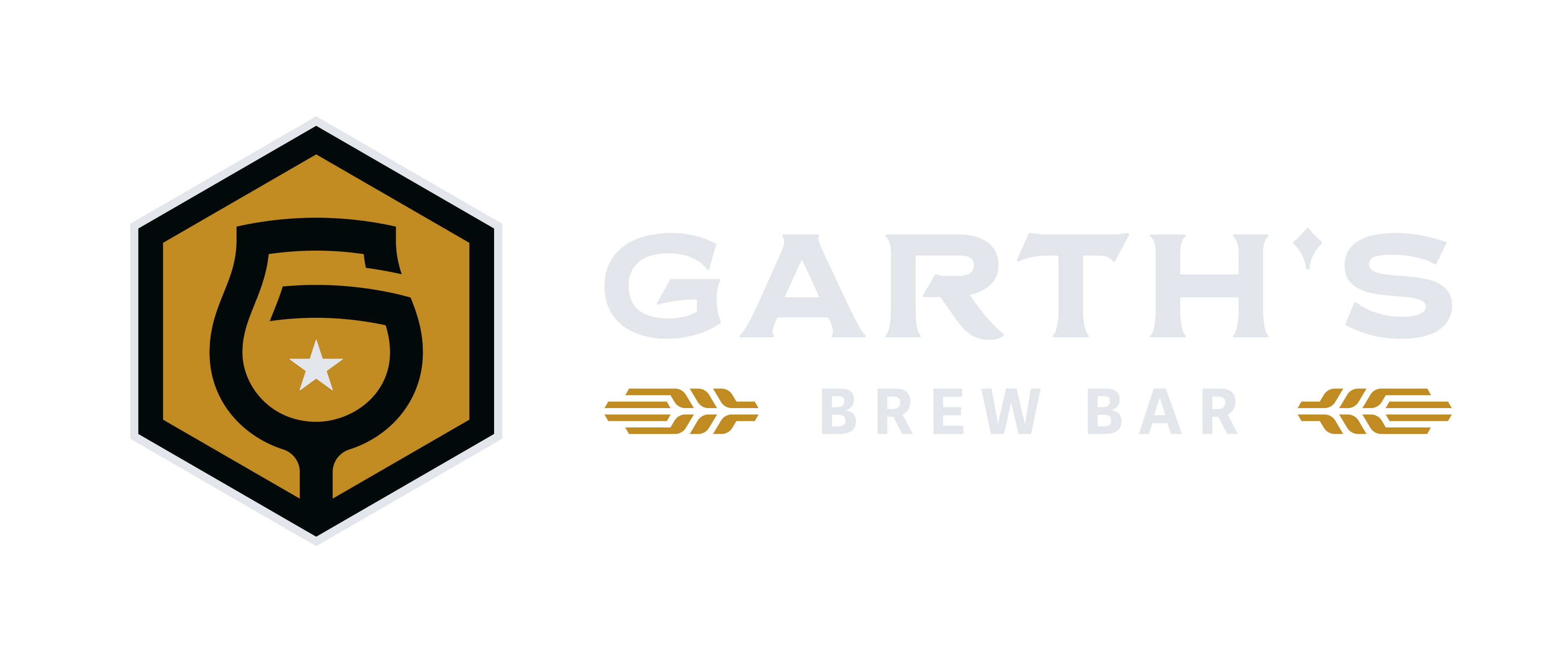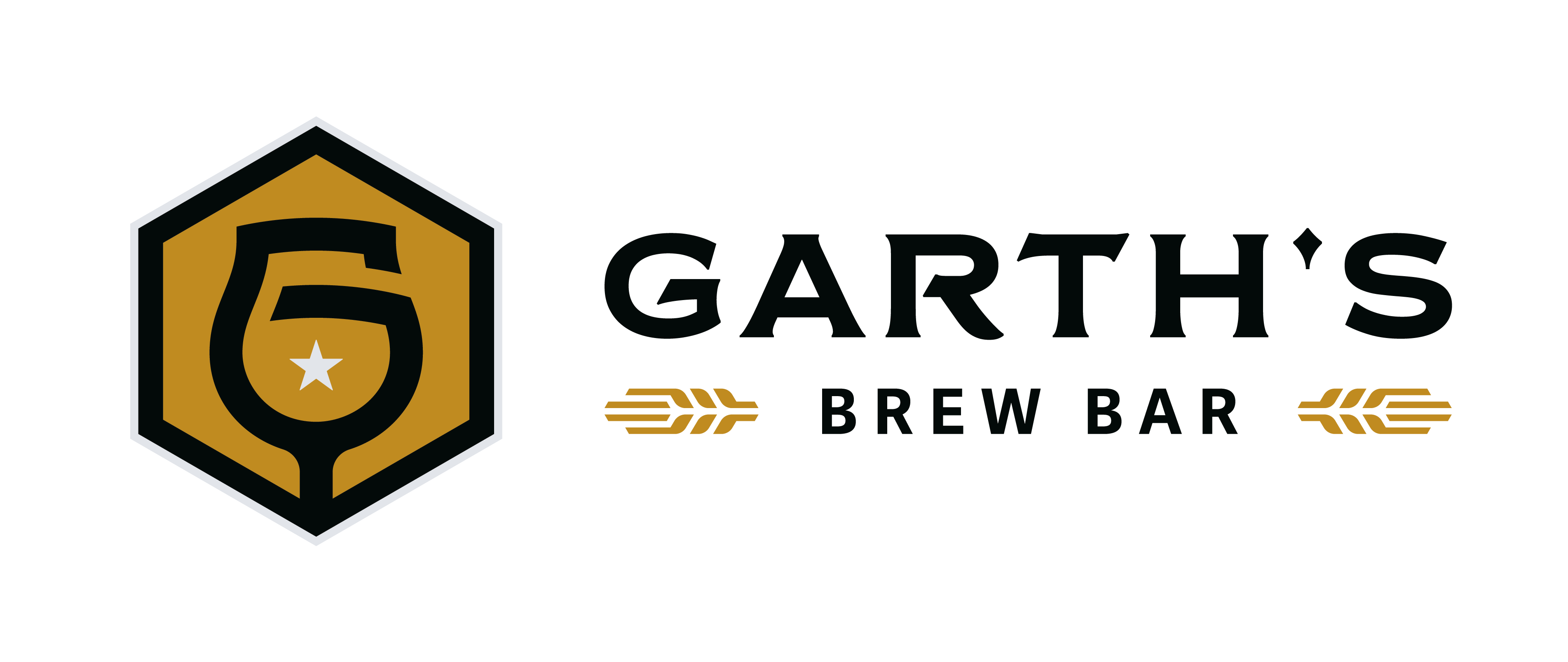In an age of smoothie sours, hazy triple IPAs, and chocolate imperial pastry stouts, let us take a moment to consider the humble lager.
Lagers are perhaps the most commercially available, historic, and pervasive beer styles. It’s impossible to scan a liquor store aisle or chain restaurant tap list without spotting a macro-brewed flagship lager. Miller Lite, Budweiser, Pabst Blue Ribbon – we all know the names.
With so much commercial visibility, it’s easy to undercut the beauty of this classic style.
To say lagers are just a “light beer” would be far too simplistic and unfair to this dynamic style of brew. Many craft breweries, local and afar, are revitalizing unique and delicious lagers, and they all deserve our time, attention, and taste buds.
The Cold Truth About Lagers: Temperature And Yeast In The Spotlight
Every beer can be split between two styles – lager or ale. It all comes down to the yeast
Underneath the “lager” umbrella live several unique and tasty sub-categories of beer. Dunkel, pilsner, bock, Oktoberfest, helles – these are all types of lager, and the list goes on.
Lager is simply the generic term for a beer that brewers ferment at cooler temperatures. On the other side of the coin you find ales, which are fermented at warmer temperatures.
The temperature difference isn’t massive but, as with all brewing, a slight variance can greatly affect the final profile of the craft beer in your hand. Lager yeast prefers temperatures around 42-55 degrees Fahrenheit, while ale yeast likes to soak up the warmth of 60-75 degrees. This small difference of 10 to 20 degrees produces beers with very different colors, flavors, and aromas.
Ale yeast – known as “top fermenting” – lends itself to fruitier, spicier compounds known as esters and phenols. Think of a Belgian ale, with its symphony of banana, clove or vanilla flavors. Lager yeast – known as “bottom fermenting” – lends itself to a crisp brew that instead focuses its flavors often times directly at the malt.
You may have heard the term used as a verb “to lager” or the “lagering” process. Early versions of the style, dating back to 19th Century Germany, were brewed and then stored at cool temperatures. Brewers would dig cellars in the ground and fill them with ice or cold water to chill and mature the beer. In fact, the German word “lager” means storeroom or warehouse. The advent of modern refrigeration certainly improved this process and helped the style maintain a foothold in American drinking culture beyond Prohibition.
Bright, Crisp, And Unique: Lagers Span The Spectrum Of Color, Taste, And Style
Despite the reputation of a lager being solely an American light lager (watery, lacking flavor and all around boring), lagers can actually vary in color, flavor, aroma, mouthfeel and alcoholic content based on varying styles.
Just like an ale, a lager’s depth of color comes from the specific grain bill used in the brewing process.
Unroasted barley, and the occasional addition of rice or corn, make lagers pale. These are your classic pilsners or helles lagers.
Roasted grains and malts make lagers dark. These are your vienna lagers, märzens, and dunkels (which is simply the German word for dark).
Alcohol content (ABV) can also range wildly. Pilsners will usually clock in below 5.5% ABV, but doppelbocks can reach 7% ABV or higher. Lagers are not a one-trick pony!
Even within each style of lager, you have sub-styles.
Take the pilsner, for example. A classic German pilsner will be a light, straw color, with a bitter or earthy taste. An American pilsner can contain adjuncts of rice or corn and feature a malty sweetness. (Leave it to American brewers to break the German Reinheitsgebot brewing regulations, which don’t allow adjuncts.)
Lagers: Many A Local Breweries’ Love Affair
Many local breweries are cooking up different styles of lager, proving the breadth of flavor, body, and aroma of the style.
Under their flagship P3 series, Phase Three Brewing (Lake Zurich, IL) brews a Polish pilsner, a classic pilsner, Czech-style dark lager, and a doppelbock. We’ve featured these all side-by-side in our reach-in cooler.
Dovetail Brewing (Chicago) has been brewing up classic lagers, hazier helles lagers, and a caramelly vienna lagers.
Badger State Brewing (Green Bay) plays around with their lager style year-round. Their flagship American light lager BRW-SKI transforms into a märzen OKT-SKI for Oktoberfest, and again into the malty sweet SKI-BRW in the winter.
Working Draft Beer Company (Madison) also excels at brewing the lager style, recently crafting up several delicious options: Ten Snack, a Czech-Style Pale Lager, To Those Who Wait, a Czech-style Pilsner, and Klosterade, a doppelbock lager they crafted for their 4-year anniversary.
Drekker Brewing (Fargo, ND), usually known for its bold IPAs and adjunct-crammed sours, also brews a simple American lager called I Don’t Know No Snakes. They add carafoam and rice for a crispy head and Hallertau Blanc hops, a German noble hop, to add dryness.
It’s “clean and crushable,” according to their Untappd entry, which is perhaps the best way to sum up the entire style. Despite the varying sub-styles, ABV, and flavors, you can always count on a lager to be clean, crisp, and oh-so crushable.
The next time you’re browsing the aisles of your local craft beer bottle shop or studying our ever-rotating tap list, give a little credit to the lager. It’s not the boring beer of yesteryear, and exploring the different varieties can be quite a fun exercise for your eyes, nose, and taste buds.

